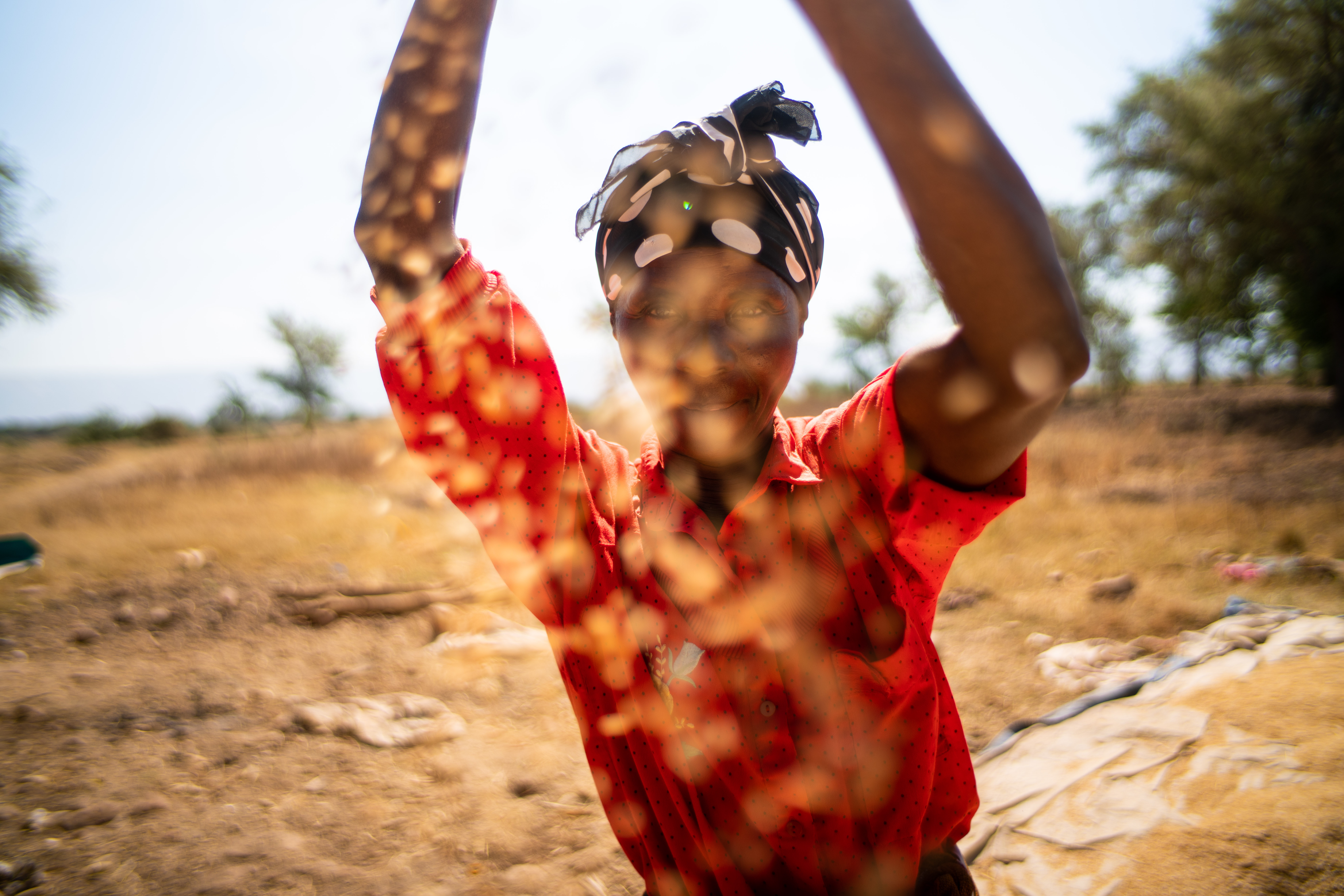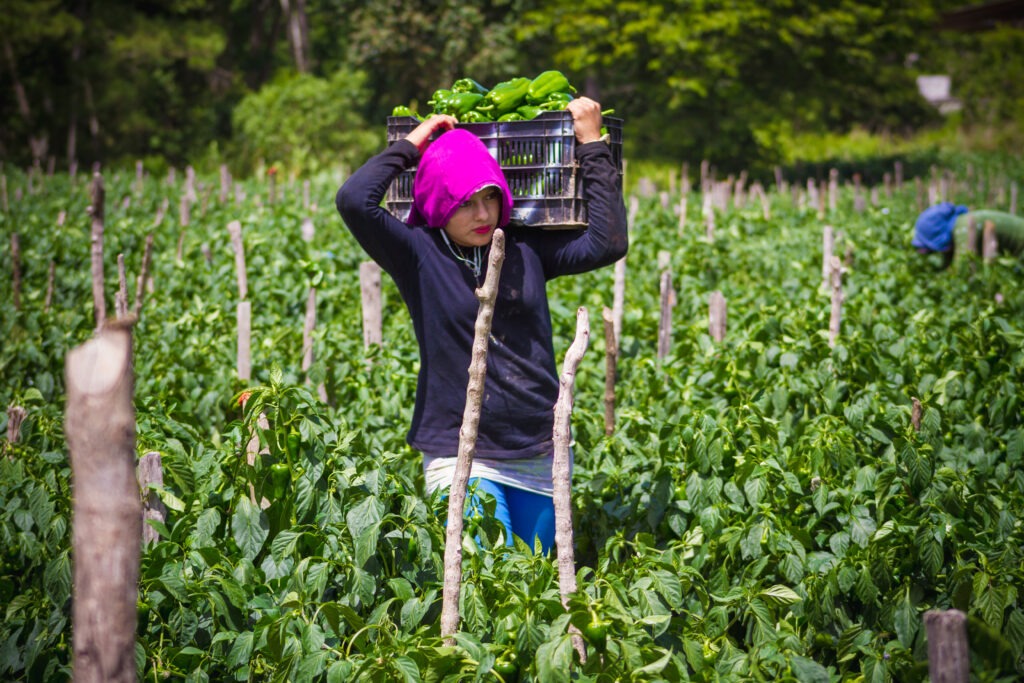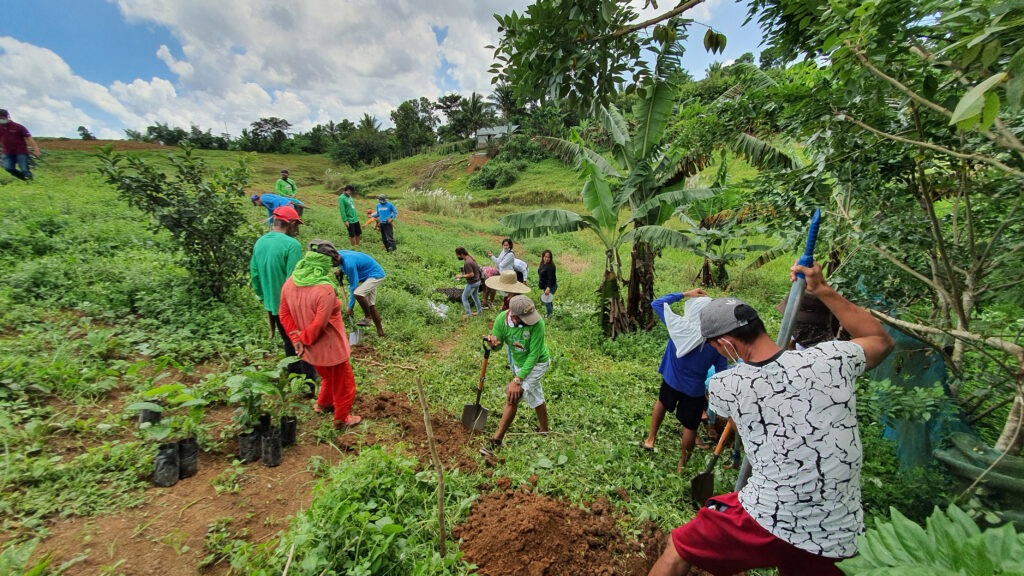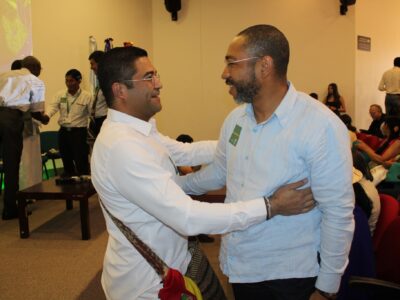
Smallholder agriculture is the foundation of many developing economies, and meaningful investment in farmers could mark the turning point in the fight against climate change.
The climate crisis is an existential threat that will impact nearly every aspect of society in nearly every corner of the world. The 2023 State of Climate Action illustrates the various sectors of the economy that need to mobilize. In the Global North, we’re likely to focus on emissions and reducing fossil fuels. This is absolutely essential but nowhere near good enough. The climate crisis is global, and we need a global movement. The success of this movement may depend on a large and influential, yet largely ignored, bloc of climate-affected stakeholders: smallholder farmers.
The Power (and Vulnerability) of Smallholder Farmers
The world’s 500 million smallholders are the foundation of not just food systems, but many developing country economies, especially in sub-Saharan Africa and southern Asia. In fact, one-third of the entire world’s population lives in rural areas of developing countries, where agriculture is a leading employer and GDP driver. While the industrial development of the Global North exacerbates the climate crisis, rural communities in the Global South are more likely to feel the immediate effects of the climate crisis on their food systems, societies, and economies.
For example, developing countries in the tropics are experiencing more acute climate shocks, especially heat stress and storms. Agriculture in these countries is more susceptible to climate change than any other sector, precisely because it is long-term and immobile. However, while conflict and natural disasters make the headlines, the vulnerability of farmers and food systems is long-term and structural. Failure to prioritize the sustainable development of the agricultural market system in these countries will continue to contribute to unrest, failed states, and failed climate negotiations.

Where Climate Change and Conflict Intersect
Smallholders help to feed their countries, but this link is broken in zones of conflict. Indeed, the United Nations estimates that 60 percent of the world’s hungry live in conflict zones. A climate event on its own is unlikely to cause significant conflict or calamity, but when combined with resource competition, weak states, and politically marginalized populations, we see catastrophes similar to those in Somalia, Burkina Faso, and Myanmar. While lesser in magnitude, the current instability in Central America has been topped off by the hurricanes of 2020. Adding to this political context, we are now learning more about the biological fact that climate change and higher temperatures increase social unrest.
Female farmers play an underappreciated role in smallholder agriculture, and gender inequality magnifies the negative effects of climate and conflict. Climate and conflict exacerbate structural inequalities and have disproportionately greater impacts on women and girls. Agrifood systems are not only a major employer of women globally – 66 percent of women in sub-Saharan Africa and 71 percent of women in Asia are employed in agrifood systems – but they are a more important livelihood for women than men in many countries. Yet women farmers lack access to and ownership over key resources – such as information, education, and land – rarely receive climate aid, and are often not engaged in climate response or mitigation decision-making. Not only is climate stress detrimental to women smallholder livelihoods, but it impacts other aspects of their lives as women and girls are largely responsible for activities such as water and fuelwood collection. Further, there is a growing body of evidence demonstrating the link between increased gender-based violence and climate shocks.
In middle-income countries, economies are more advanced and less dependent on agriculture, with a greater share of food imports. However, these countries are stressed by food inflation and vulnerable to instability in global trade, as witnessed by the spike in grains and fertilizers stemming from the Russia-Ukraine conflict. Middle-income countries such as Egypt, Kenya, and Pakistan are especially vulnerable to civil unrest from food inflation.
The Climate Finance Gap
Due to the outsized influence of agriculture, it should be obvious that investment is needed to solve the climate crisis. Unfortunately, agriculture and climate change adaptation spending are in the minority of global climate finance, which is currently dominated by energy and climate change mitigation. The Climate Policy Initiative estimates that agriculture and land use receive just 3.4% of all climate finance.
However, many smallholders are putting forth their own capital. A recent International Institute for Environment and Development study estimated $368 billion of cash investment from smallholders into adaptation, including new planting schedules, soil management, and water management. This figure ignores the even greater amount of sweat equity that smallholders, especially women and youth, are investing in climate adaptation, as most smallholder labor is unpaid.

How to Better Invest in Smallholder Farmers
Greater investment should flow from the private and public sectors and be accessible to developing countries through products like grants and concessional loans. So, what areas of investment are most critical?
- Climate-smart agriculture is sometimes referred to as “technology,” but many of these practices, such as intercropping and soil management, have been implemented by farmers and indigenous communities for millennia. At the same time, investment in new innovations, such as climate forecasting, drought-resistant seeds, and precision fertilization, can drastically improve agricultural performance.
- The climate crisis won’t be solved just on the farm. As a New York Times op-ed stated a few years ago, famine is political. Developing countries need functioning market systems to provide smallholders with better access to inputs, services, and markets. These systems should be complemented by institutions, such as agricultural cooperatives, that enhance local governance and social inclusion.
- Beyond the farm, financial systems need to invest in resilient economies to help them withstand climate shocks. Agricultural trade needs to remain active and open, but countries must also invest in their own smallholders to ensure local food security.
- Directing more climate adaptation funding toward women, youth, and systemically excluded groups and engaging them in design processes will strengthen the agriculture sector. Female farmers sustain smallholder farming communities in many parts of the world but are dramatically underrepresented in technical assistance, finance, and decision-making. Young people in rural areas who lack economic opportunities in agriculture have great potential but are susceptible to insecurity and conflict. Meanwhile, indigenous peoples have specialized knowledge, skills, and networks, making them critical partners in advancing climate actions that are appropriate and sustainable.
The pace of global investment in climate strategies is increasing but needs to accelerate. The above strategies are a step in the right direction to empower smallholders, developing countries, and the global climate movement. ACDI/VOCA integrates climate change interventions throughout each of its practice areas. Learn more about what we do.
Comments





